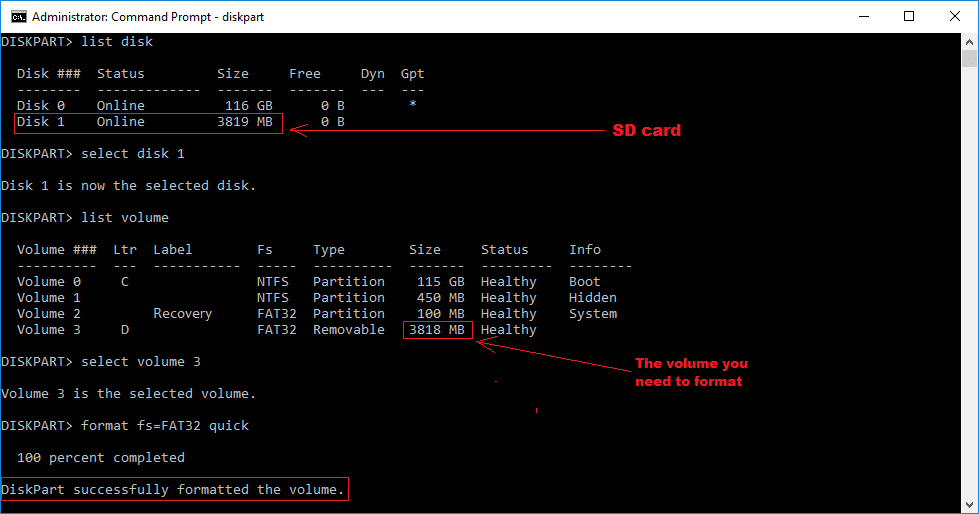

When you need to transfer files between different operating systems or between your camera or Android phone and your Windows computer, you'll probably need a FAT32-formatted drive. In pop-out windows, choose the file system as FAT32, choose the cluster size as you wish, and type the partition label or not. But what do all of the options mean, and which should you choose Here is what you need to know. Right click the USB drive partition you want to format to FAT32 (here is partition E), and select Format Partition. Windows 10 How to Format a USB Drive on Windows 10 Nick Lewis May 20, 2022, 3:00 pm EDT 3 min read You don’t need to use any complex tools to format a USB flash drive.

People still use FAT32 because it's a universally recognized file system. Install and launch AOMEI Partition Assistant Standard. Why Would Anyone Still Want to Use FAT32? Basically, the exFAT file size is unlimited. In fact, with exFAT, the file size limit is just under 16 EB (Exbibyte) or 1.845e+7 TB. If you need a cross-compatible file system that supports larger files, exFAT is the way to go. The maximum file size supported by FAT32 is just under 4 GB. With each increase, the maximum volume and file sizes supported by the file system increased, too. exFAT is the 64-bit version of the FAT file system. The main difference between FAT, FAT32, and exFAT relates to volume and file size limits.įAT, the original version of this file system designed for floppy disks, could keep an 8-bit sized record of the data clusters stored on the disk. It may be older than most operating systems around today, but it's still useful. The File Allocation Table (FAT) file system is a relic from the 1970s. We'll show you how to format a large hard drive with FAT/FAT32 or create a 32+GB partition with that file system.


 0 kommentar(er)
0 kommentar(er)
